| Anti-Microbial Resistance | The Antimicrobial Resistance Research and Surveillance Network of the Indian Council of Medical Research (ICMR) released its annual report for 2022.
Key Findings:
Other important points:
|
| e-FIR | The Law Commission of India (headed by retired Karnataka High Court judge Ritu Raj Awasthi) has recommended registering electronic first information reports (e-FIR) in its 282th report.
What is e-FIR?
Key recommendations:
|
| Balochistan | A suicide attack in Mastung district of Pakistan’s restive Balochistan province killed at least 53 and injured over 70 others on 29 September.
About Balochistan:
|
Context: Recently, the Prime Minister outlined that 13.5 crore plus people came out of poverty in 5 years.
Poverty In India Estimates
Given the different ways poverty has been measured over the years, the available data is limited and conflicting.
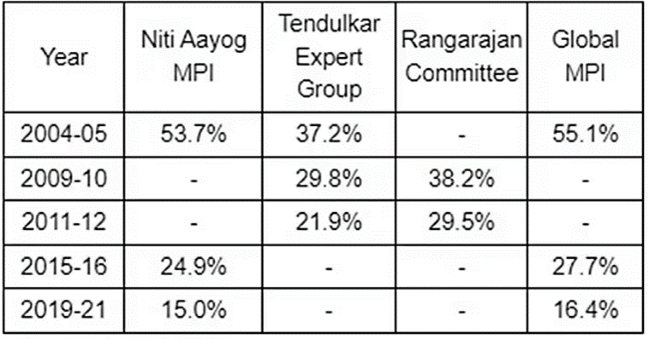 The Tendulkar Expert Group appeared to undercount the poor even more at 37.2% (408 million) in 2004-05.
The Tendulkar Expert Group appeared to undercount the poor even more at 37.2% (408 million) in 2004-05.
| ALSO READ: POVERTY AND DEVELOPMENT ISSUES |
| Who measured Poverty in India?
Poverty in India is measured by the NITI Aayog through the calculation of the poverty line, based on the data collected by the NSSO (National Sample Survey Office). |
In 1962, the Planning Commission constituted a working group to estimate poverty nationally, and it formulated separate poverty lines for rural and urban areas – of Rs 20 and Rs 25 per capita per year, respectively. (Refer to Table for more details.)
| Committees | Methodology | Poverty line |
| V N Dandekar and N Rath (1971) | Consumption Expenditure to provide 2,250 daily calories. | Rural-Rs 15 and
Urban -Rs 22.5 (per person per day) |
| Y K Alagh Task Force (1979) | Consumption expenditure Rural-2,400 calories
Urban- 2,100 calories (Per day) |
Rural- Rs 49.09
Urban- Rs 56.64 (per person per month) |
| D T Lakdawala Expert Group’s (1993) | Consumption expenditure based on calorie consumption | A separate line for each state using regional consumer price indices |
| Tendulkar Expert Group (2009) | A uniform poverty line basket (PLB) across rural and urban India based on Mixed Reference Period and incorporation of private expenditure on health and education | Rural -Rs 446.68
Urban-Rs 578.80 (Per capita per month based 2004-05 prices ). |
| Rangarajan Committee (2014) | Revised the Tendulkar poverty line by creating separate consumption baskets for rural and urban areas, | Urban-Rs 47
Rural- Rs 32 (The daily per capita expenditure based on 2011-12 prices). |
Tea Cultivation In India:
|
|---|
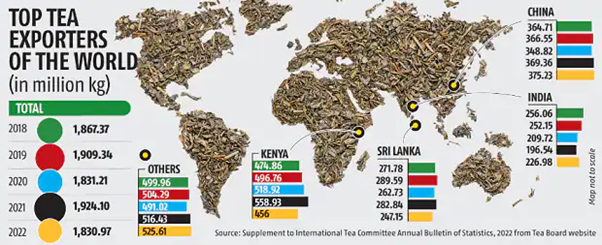
Also Read: Indian Tea Industry
Also read: POLLUTION AND ITS EFFECTS ON HEALTH
Here are the salient features of the 15-Point Winter Action Plan designed to tackle Delhi air pollution;
Graded Response Action Plan (GRAP) for Delhi Air Pollution:
Revised GRAP for Delhi air pollution, which come into force from 1st October 2023, it includes:
|
|---|
World Intellectual Property Organisation (WIPO):
|
|---|
About Global Innovation Index: The Global Innovation Index is a leading reference for measuring an economy’s innovation ecosystem performance.
Here is the list of top ten countries listed in the Global Innovation Index 2023
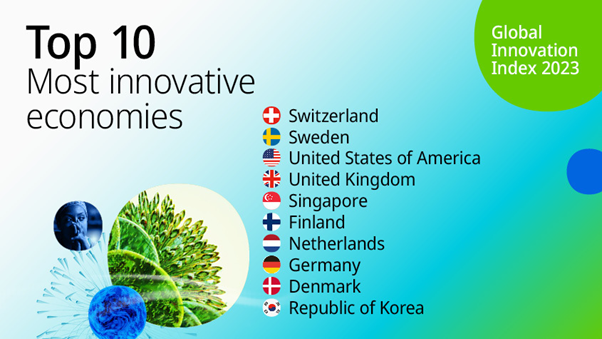
ALSO READ: IMPORTANT INDEXES AND REPORTS
| Relevancy for Prelims: Illicit Trade, Global Terrorism Index (GTI), UN Office of Drugs and Crimes (UNODC), Golden Triangle, Financial Action Task Force (FATF), Global Crime Index, and National Investigation Agency (NIA).
Relevancy for Mains: FICCI’s Report on India’s Illegal Economy, Linkages of Illicit Trade, Challenges Associated with Linkages of Illicit Trade, Role of Government Agencies in Checking Illicit Trade in India, and International Conventions. |
|---|
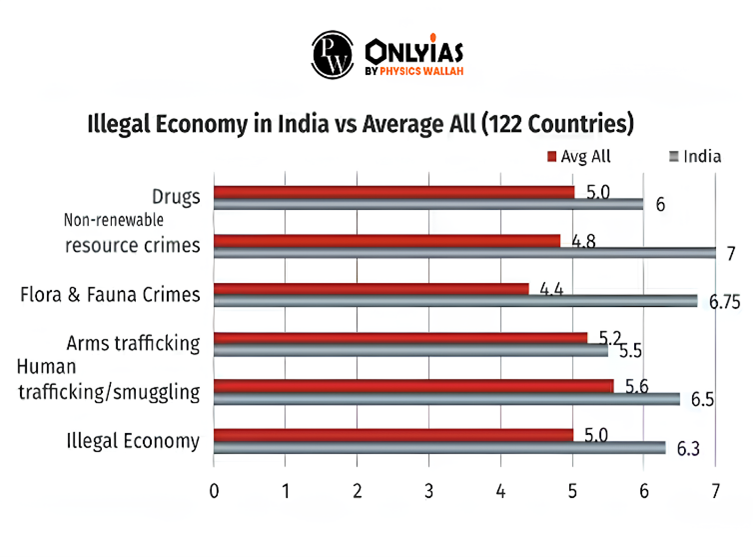 Goods Seized: Around 3.5 tonnes of gold, 18 crore cigarette sticks, 140 metric tonnes of red sanders and 90 tonnes of heroin were seized along with other drugs during the last financial year.
Goods Seized: Around 3.5 tonnes of gold, 18 crore cigarette sticks, 140 metric tonnes of red sanders and 90 tonnes of heroin were seized along with other drugs during the last financial year. Illicit trade refers to the illegal exchange of goods and/or services, often in violation of national or international laws. It comprises trade of manufacturing and export of counterfeit goods.
Also read: India’s GDP Estimates
Also read: Global Peace Index
What are the reasons for high volume of Illicit trade?
|
|---|
Also read: Organisation for Economic Co-operation and Development (OECD)
The 6 Cs approach
|
|---|
India’s growing global trade prominence raises the risk of trade-based illicit financial flows, potentially affecting economic progress and supporting terrorism and criminal activities. To counter these risks, India should adopt a comprehensive approach tailored to its unique circumstances and challenges.
| Attempt the PY Prelims Question:
Consider the following heavy industries:
Green hydrogen is expected to play a significant role in decru:bonizing how many of the above industries?
Ans: C |
|---|
| Relevancy for Prelims: Mahatma Gandhi, Ambedkar, Directive Principles of State Policy (DPSP), Fundamental Rights, and United Nation(UN).
Relevancy for Mains: Difference of Mahatma Gandhi and Ambedkar on various issues, Similarities and differences between Gandhi and Ambedkar, Gandhian Principles in the Constitution of India, and Contribution of Ambedkar in Constitution Making. |
|---|
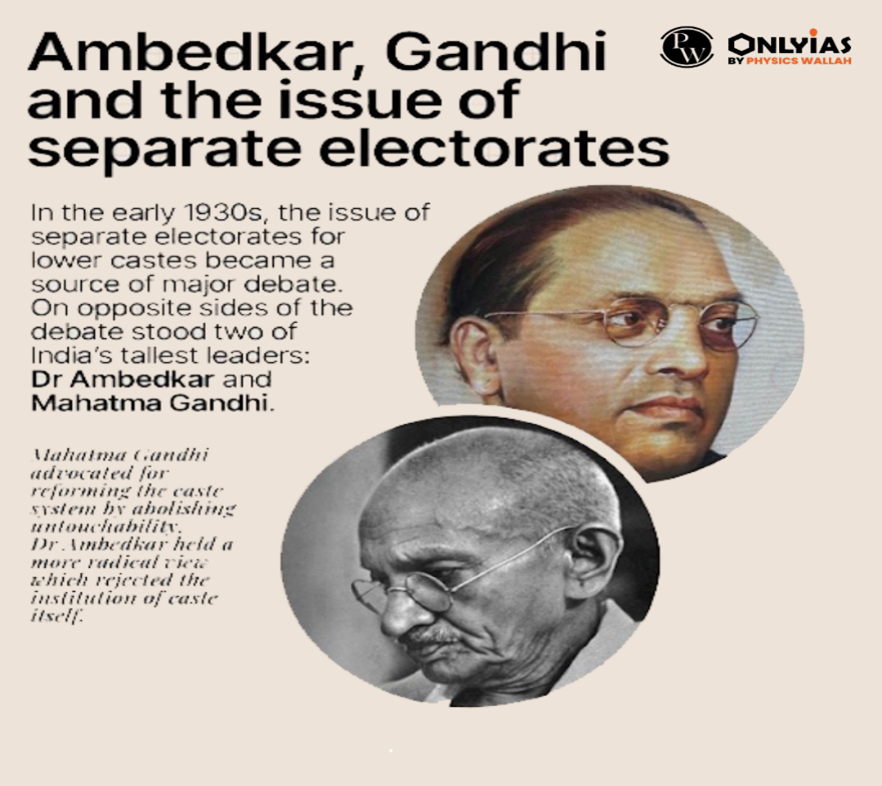
| Basis | Views of Mahatma Gandhi | Views of BR Ambedkar |
| Untouchability |
|
|
| Caste Mobilisation |
|
|
| Freedom |
|
|
| Views on Indian Unity |
|
|
| Harijan Naming Controversy |
|
|
| Violence |
|
|
| Caste System |
|
|
| Separate electorates |
|
|
Also read: Poona Pact, 1932
Also read: Making of the Constitution
Both Gandhiji and Ambedkar were great leaders and they had their own principles and ideals in shaping the national movement as well as Indian society. Both had differences over their respective political, social and religious philosophies and practical-political strategies but they shared a genuine and deep commitment towards emancipation of downtrodden and social upliftment of people. Their ideologies serve as timeless illustrations of unwavering commitment to the noble principles of life and it is incumbent upon every individual to imbibe these virtues.
| Attempt the PY Prelims Question:
Consider the following statements in respect of the Constitution Day: (2023) Statement I:
Statement II:
Which one of the following is correct in respect of the above statements?
Ans: C |
|---|
SC Verdict on Newsclick Shows Adherence to Due Pro...
Stay Invested: On Chabahar and India-Iran Relation...
Credit Rating Agencies, Impact on India’s De...
Catapulting Indian Biopharma Industry
Globalisation Under Threat, US Import Tariffs Have...
Global Report on Hypertension, Global Insights and...
<div class="new-fform">
</div>
